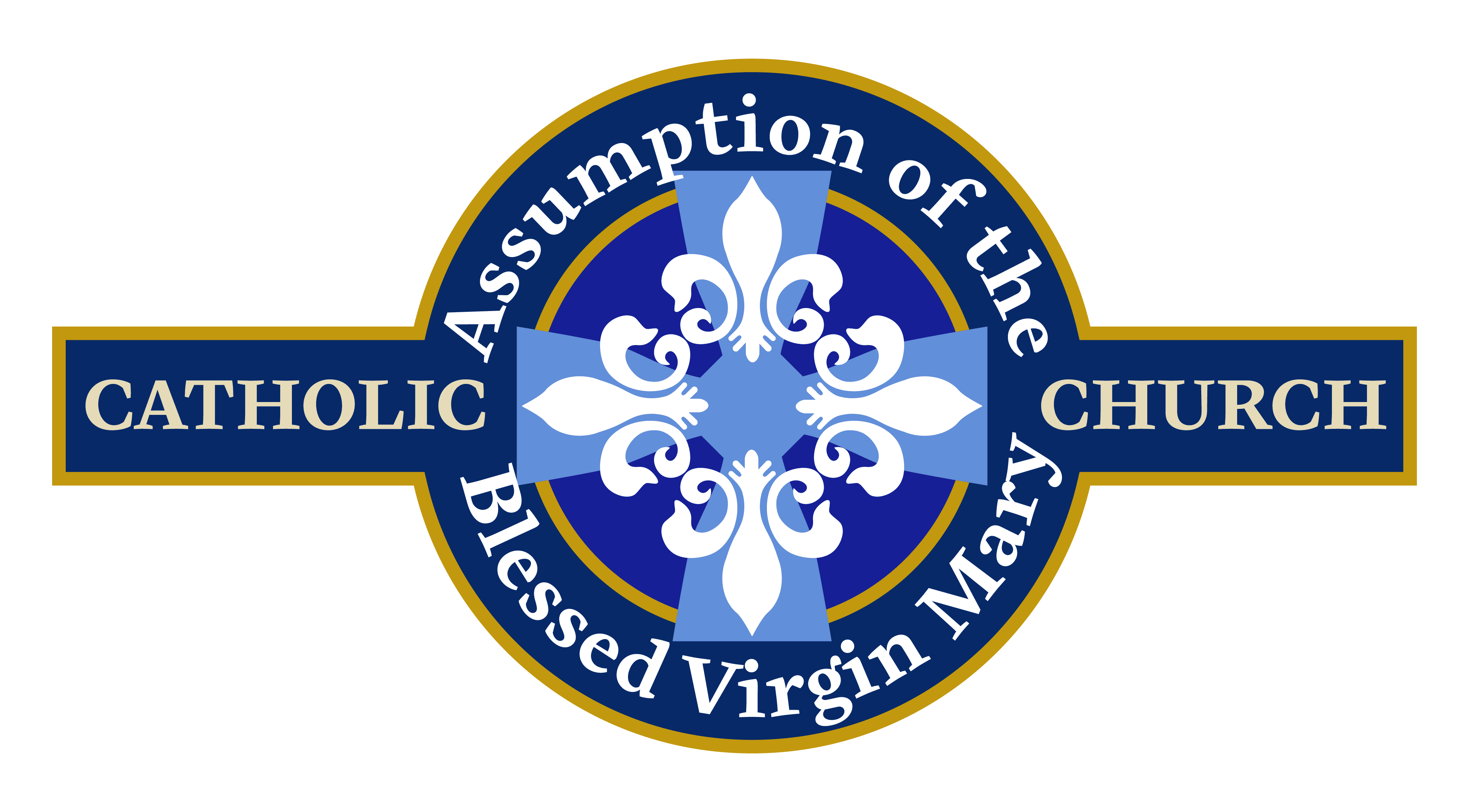Assumption of the Blessed Virgin Mary
Assumption of the Blessed Virgin Mary
From the moment Jesus was conceived in Mary’s womb, the relationship between the Lord and his mother was unique. Mary’s life and soul were profoundly united to her Son in a bond of love beyond all telling. Because of this great love and her faith in Jesus, Mary’s life and destiny were united to his. As she shared in his life and suffering on earth, so she shared in his glory in heaven that he won for her and for all. Mary’s Assumption means that at the end of her earthly life, by the power of her Son’s Resurrection, she was fully united to God in the totality of her existence, body and soul. In her, we see a woman of faith who has reached the destiny promised her by God where her whole existence is radiant with God’s light in the glory of heaven. In Mary, we see the great plan of the Father fulfilled where Christ was raised from the dead and would be joined in that new life by all who believe in him. As St. Paul teaches, this coming to new life in Christ would take place “all in their proper order . . . Christ the first-fruits and next, at his coming, all who belong to him” (1 Cor. 15:23-24). From “all who belong to him” Mary holds first place as the first disciple and mother of the Lord. So it is fitting that she should be the first to share fully in the Resurrection of her Son in body and soul.
~Fr. Billy Swan, Word on Fire
Starting Thursday evening, our parish will celebrate the Solemnity of the Assumption of the Blessed Virgin Mary. A special 6 p.m. Mass will take place on Thursday, and Friday Masses will be held at 9 a.m. and 6 p.m., with a reception following mass in the Church Activity Center. Prior to the 6 p.m. Friday Mass, a procession will take place outdoors along the Parish grounds featuring the statue of the Blessed Virgin Mary, and shielded by a new canopy obtained by the Parish Knights of Columbus. The procession will start at around 5:30 p.m. in front of the church. This is a Holy Day of Obligation.
